Our previous understanding of artificial intelligence was learned from science fiction and science fiction movies. Nowadays, there are shadows of artificial intelligence everywhere in smartphones, unmanned driving, mechanized manufacturing (robots), media (writing robots), and online translation. We have gradually become accustomed to and like these artificial intelligence products.
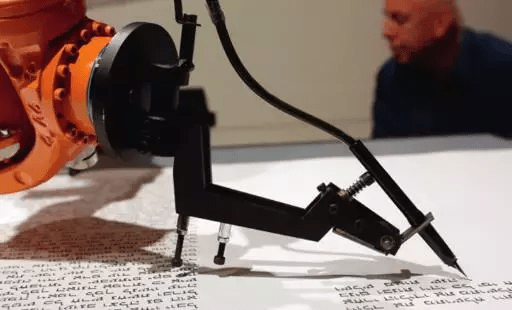
The “human-machine war” of AlphaGo and Li Shishi’s Go means that artificial intelligence covers all corners of human life and skills. Jack Ma’s “smart gas station” uses a robotic arm to complete the refueling operation, and mobile payment replaces the cashier’s cashier settlement work. JD.com The unmanned warehouse realizes the whole process of goods from warehousing, storage, packaging and sorting, and the whole system is intelligent and unmanned.
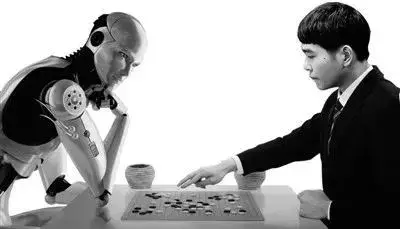
In today’s industrial production, labor costs are getting higher and higher. In order to reduce costs, many entrepreneurs have to transform and upgrade, and increase innovation to curb the decline in corporate profits. At the same time, with the deepening of innovation, artificial intelligence also continues to develop.
In fact, artificial intelligence is already everywhere. Traditional enterprises do not want to be left behind, so how should they face technological disruption and challenges?
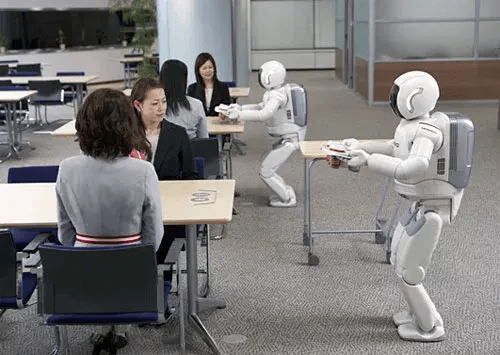
1 Use artificial intelligence thinking to find industry pain points
A retail store uses a shopping guide robot and accesses a big data platform, so is it a smart retail store? For a long time, there are different opinions on the understanding of the concept of artificial intelligence.
A Gome executive believes that artificial intelligence is not a technology or a tool, but a way of thinking. At the heart of this mindset is the use of technology and tools to create customer-centric closed loops.
As an old-fashioned home appliance retailer, Gome has more than 1,700 offline stores. Under the tide of artificial intelligence, in 2015, it began to deploy new technologies such as big data, cloud platform, and Internet of Things, and at the same time aimed at the output layer of product lines centered on intelligent manufacturing and intelligent products. Gome’s three goals on the sales side: improving customer acquisition methods, accumulating user data, and enhancing user experience.
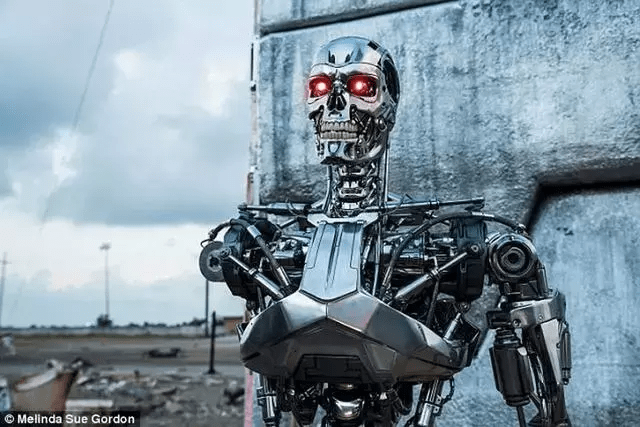
For the pain points of the industry, it is not enough to simply spend money to buy machines and systems. If you want to truly exert the effect of artificial intelligence, you must first have an artificial intelligence way of thinking. Artificial intelligence is not only a way of thinking, but also a system. The goal is to build a customer-centric intelligent closed-loop, which requires enterprises to make adjustments in a series of links such as management, supply chain, operation mode, and sales method.
2 Using artificial intelligence to solve pain points
Traditional enterprises are different from all walks of life. Artificial intelligence can only be used in combination with the needs of different industries and users. Artificial intelligence needs to continuously learn the characteristics of various industries, understand the operation rules of various industries, discover their pain points, and then solve the pain points of traditional enterprises in various industries in a targeted manner.
For example, in the artificial intelligence + entertainment media industry, there is an “intelligent yellow appraiser”. For live broadcast and short video platforms, a major pain point for them is how to clean up unhealthy illegal images on the platform in real time. Using artificial intelligence-machine deep learning platforms, these companies only need to hire dozens of people, not only the accuracy of cleaning is higher, but also the work intensity is reduced, as long as the results are reviewed. In addition to that, for jobs that are heavy, boring, highly repetitive, and unsuitable for humans, the adoption of AI is the perfect replacement for humans.

Artificial intelligence does not replace all occupations of human beings, but by revolutionizing the old productivity and production methods, it promotes the existing industries to learn more advanced knowledge and skills, and improves the operation mode and work efficiency of the industry. Artificial intelligence is not the “terminator” of traditional industries, but the “creator” of new industries.
3 Building a competitive advantage with artificial intelligence at the core
Compared with high-tech companies such as BAT, traditional companies have two main competitive advantages: first, companies have unique resources such as fixed assets, brands, and property rights, have achieved economies of scale in the industry, and established a network of stores and dealers. Stable customer relationship; Second, in terms of the company’s own capabilities, the company has accumulated unique human resources and skills, and has differentiated competitive advantages.
In the era of artificial intelligence, the competitive advantages of enterprises are gradually transformed into algorithms and data assets. By establishing a learning network and data ecology, they can gain an all-round insight into consumers. At the same time, artificial intelligence can continuously learn, analyze key information, and make real-time automatic decision-making driven by data. Compared with humans, it can make correct decisions more quickly and rationally in many situations. It can be seen that traditional enterprises must continue to increase investment in research and development of artificial intelligence such as algorithms and data, and use the advantages of artificial intelligence to build new competitive advantages and explore new business models under the condition of existing competitive advantages.
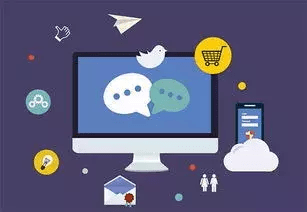
4 What ultimately affects the enterprise is customer value
The realization of traditional enterprise value is through the output of products or services, and the final service object is the customer. Therefore, it will be farther and farther away on the road of deviating from customer value by simply using artificial intelligence to produce more products out of customer demand.
The development of artificial intelligence should help solve many practical problems based on the current pain points in society, rather than replacing or changing human intelligence. The best way for artificial intelligence is to assist businesses, and ultimately it is the customer who affects the business.
It is undeniable that artificial intelligence can add greater value and bring more new opportunities to traditional enterprises. If traditional companies fail to follow up on the trend of artificial intelligence in a timely manner, they are likely to lose an important window for transformation and development. It is no exaggeration to say that a family
If traditional enterprises can’t keep up with the pace of cloud transformation and artificial intelligence, they will be eliminated in five years at most.
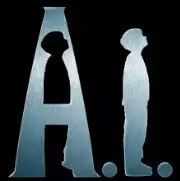
Small and medium-sized enterprises may grow into unicorn companies in the future, but the premise is to look up at the sky, know what the weather will be like in the future, know the trend, and learn to take advantage of the situation; , and is good at using the resources of different investors, knowing its own advantages, and how it fits with the Internet and artificial intelligence, in order to be able to play the effect of 1+1>2.


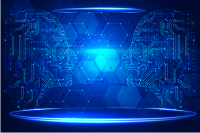
GIPHY App Key not set. Please check settings